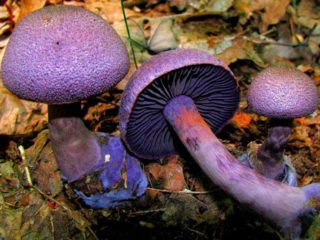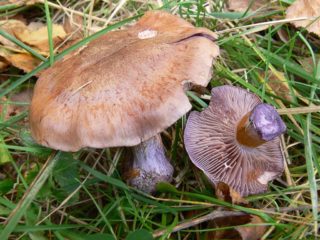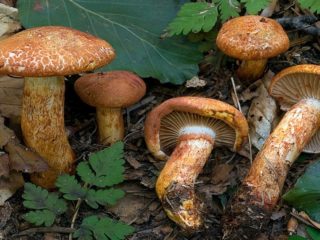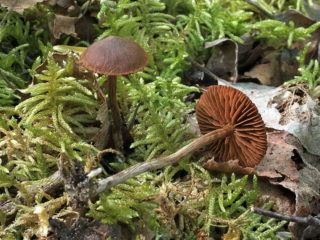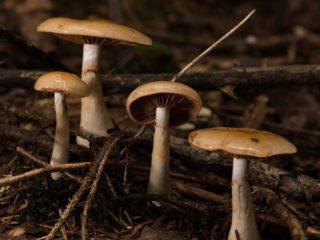Content
The silver webcap is a representative of the genus and family of the same name, represented by many varieties. The Latin name is Cortinarius argentatus.
Description of the silver webcap
The silver webcap is distinguished by its silvery flesh. On the bottom of it are purple plates. As they grow, they change color to brown or ocher, with a rusty tinge.
Description of the hat
Young specimens have a convex cap, which eventually becomes flat and reaches up to 6-7 cm in diameter. On the top of it, you can see folds, bumps and wrinkles.

The surface is soft and silky to the touch, lilac color
With age, the cap gradually fades, and its color becomes almost white.
Leg description
The leg is widened at the base and narrowed at the top. Its color is usually gray or brown, with a pronounced purple tint.
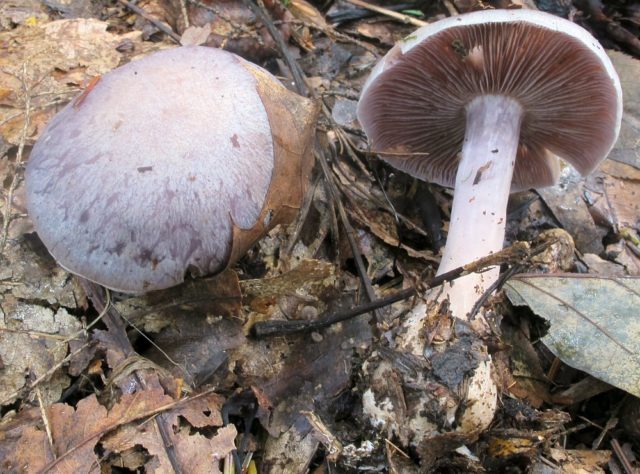
The leg reaches 8-10 cm in height, there are no rings on it
Where and how it grows
The fungus is common in coniferous and deciduous forests. The period of active fruiting begins in August and lasts until September, some specimens can be found even in October. The variety bears fruit stably every year.
You can learn more about the features of the cobwebs in the video:
Is the mushroom edible or not
The species belongs to the inedible group. It is forbidden to collect and eat it.
Doubles and their differences
The mushroom is similar to many species, but its main counterpart is the goat webcap (smelly, goat), which can be distinguished by its purple tint.
The surface has a violet-gray color and a thin flesh with an unpleasant aroma. The leg is covered with the remains of a bedspread with red stripes and spots. Fruiting time lasts from July to the end of October. The species grows in pine forests, prefers mossy areas.
Conclusion
Silver webcap is an inedible mushroom with a convex cap and a leg extended at the base. Grows in coniferous and deciduous forests from August to September. The main false double is a poisonous goat webcap with a purple tint.
